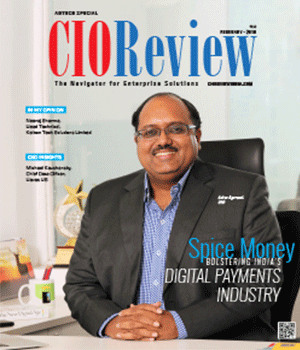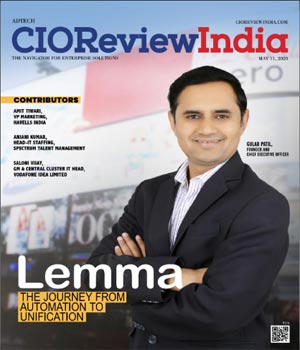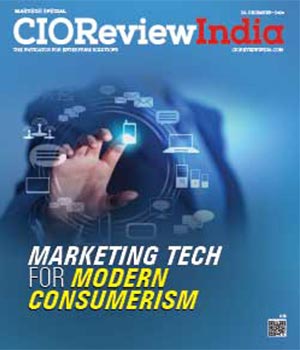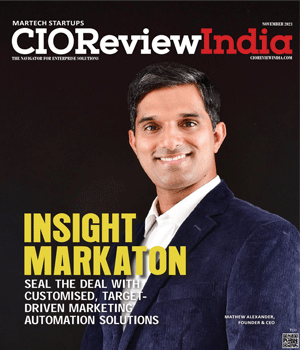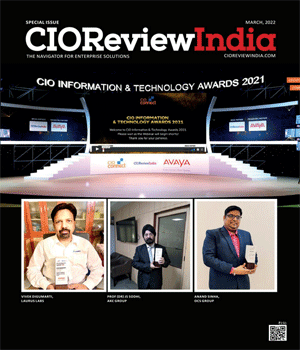
Severe Legacy Syndrome
Matt Rider, CIO, Franklin American Mortgage Company | Wednesday, 02 August 2017, 12:06 IST
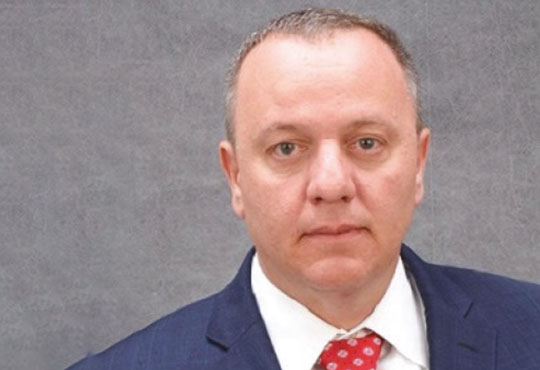 Severe Legacy Syndrome (SLS) is a chronic disorder that affects all areas of technology and your business. It manifests as tightly coupled data, software, business processes, and endangered skill needs, which initially limits flexibility and over time destroys business agility. Soon behaviors reinforce existing processes and incremental change, inherently increasing complexity, which interferes with innovation. If left untreated, technology costs soar while morale tanks and credibility is lost. Talent leaves for healthier environments, competition eats away at your market share, and customers move on.
Severe Legacy Syndrome (SLS) is a chronic disorder that affects all areas of technology and your business. It manifests as tightly coupled data, software, business processes, and endangered skill needs, which initially limits flexibility and over time destroys business agility. Soon behaviors reinforce existing processes and incremental change, inherently increasing complexity, which interferes with innovation. If left untreated, technology costs soar while morale tanks and credibility is lost. Talent leaves for healthier environments, competition eats away at your market share, and customers move on.
There is no sure-fire method to identify organizations afflicted by SLS. Often they were once shining leaders in their industry that have faded over time. We also know that it is not solely limited to older, more established organizations. Even startup or early stage companies develop applications or processes that can quickly become legacy. Beware of the multitude of consulting practices that claim to have the ability to diagnose or possibly even have a cure. Prevention is your best measure as treatment is not for the faint of heart.
What to watch for (not an exhaustive list):
- Releases of software provoke anxiety and conflict
- Business disenchantment because they never seem to get what they want or need
- More time is spent on bug fixes for bug fixes of bug fixes
- Your database structure only increases in size because migrations stop happening
- The accumulation of technical debt results in exponential business debt
- Performance and stability seem like a pipe dream
- Scaling by adding more of everything (team members, hardware, tools) has no impact on the pace, quality, or amount of work being done
- Accountability is absent because everyone is responsible for everything
- The only consistency is inconsistency
The causes are irrelevant as there usually is not one decision or project or team member or leader to identify as the culprit. It's happen stance appearance is usually an amalgam of many decisions, projects and people that by the time it is diagnosed, the situation is severe and SLS is in control.
So what can you do? Go back to the basics. Look at the core. Shore up the foundation. Define the principles that will serve as your guidelines for the journey back to health. Recognize that the condition did not just occur overnight and that treatment is a lifestyle change and will take time, commitment, and focus.
Hard conversations and self-reflection are imperative to ensure that the right team is in place and they have the fortitude to go the distance. As renowned author Jim Collins posited in his best seller “Good to Great,” you must have the right people on the bus. Recognition that the business, the market, customers, and partners have changed requires a fresh perspective, which is crucial to serve as the grounding for new decisions that need to be made. Running technology as a business inside the business will regain lost credibility and rebuild trust. There needs to be much more action, much less talking. Furthermore, your actions absolutely must reinforce your words or there is no chance for authenticity, which is also a cornerstone for credibility and trust.
Channeling new energy into the right work will take discipline. The business does not stop and their needs cannot go unattended. Being transparent with all efforts and reinforcing aligned goals empowers them to become champions for the right work. Compromises will happen, but you should not think of them as setbacks. They are part of the healing process. Continuing to work in the trenches with the business provides the comradery that helps reinvigorate business as usual work, which is also a necessary facet of credibility and trust. Find and empower progressive business counterparts. Encourage and liberate their voices.
Dismantling legacy is about extracting the relevant heart and other vital parts that keep the business competitive and distinguished in the market. You eliminate sacred cows. You no longer worship at the temple of doom. With a view of the picture ten years from today, you set the stage and fill in the pieces and stepping-stones that will get you there. There are no blueprints. There is no magic technology or methodology or potion. It takes guts and stamina and will. A little innovation can lead to a lot of progress: progress in your technology, relevant progress in your business, resourceful progress with your partners, and impactful progress in your customer’s lives or businesses.
No one is immune. Lack of the syndrome in organizational history is no guarantee that it won’t happen to you.
Periodic checkups are recommended for the life of the business. Watch for complacency, arrogance, indifference, or resting on aged laurels. Do not mistake activity for real work. And keep communication channels open everywhere all the time.
In getting back to your roots, you have re-dedicated yourselves to not only remain an industry trendsetter but also become the leader of the pack.
CIO Viewpoint
Marketing Tech - A CIO Perspective
By Satish Panchapakesan, Senior Vice President & CIO, Arvind Fashions
Blockchain Based Cybersecurity For IoT
By Arunmani Subramanian, VP - Emerging Technologies, YASH Technologies
Data Science & Machine Learning In Fintech
By Jainendra Kumar, Head - Global Delivery Center-India & Senior Director Product Development Software, Diebold NixDorf
CXO Insights
Cyber Security - A Perspective
By Manu Sharma, Director - Information Technology And Corporate Security, OnMobile Global Limited
How Low-Code Is Transforming The Future Of Work...
By Deepak Pargaonkar, VP - Solution Engineering, Salesforce
Incorporating Blockchain Capabilities into...


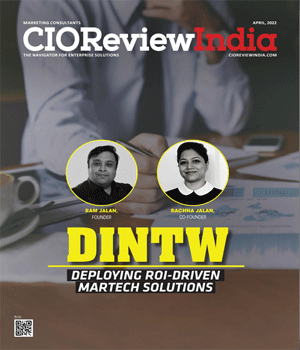
.jpg)
